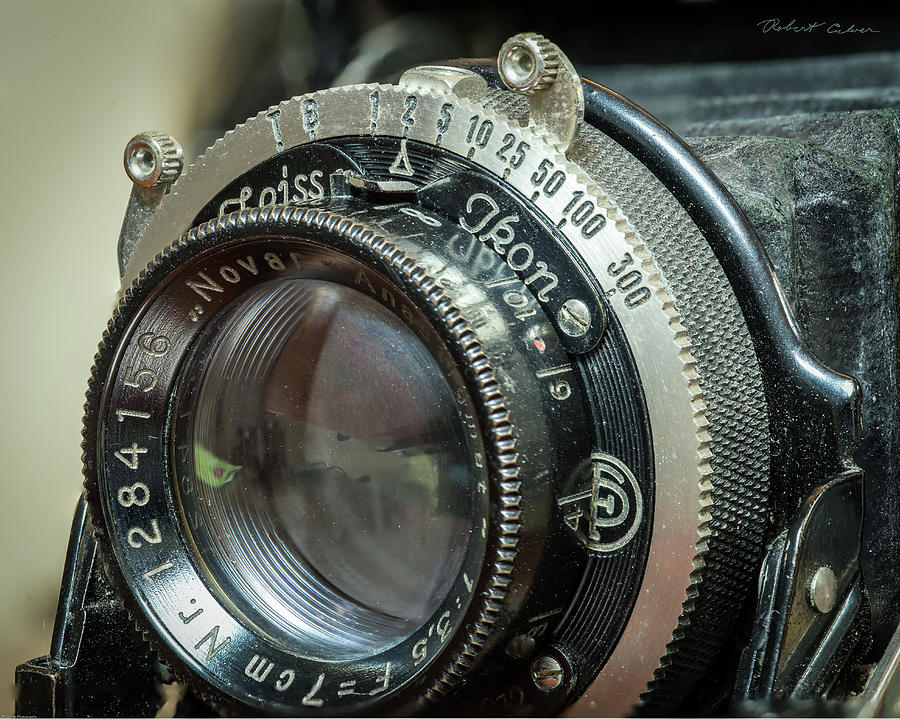

It’s incredibly well constructed with a metal body and allows a close-focus distance of 26cm (about 10.25 inches).
PHOTO FOCUS STACKING MANUAL
This is a true 1:1 ratio lens with a de-clicked iris and manual focus-only. I then decided it was time so see how a different macro would work with my setup, so I picked up the low cost 7 Artisans 60mm F2.8 ($159.00) to experiment with. After a bit of experimentation I found that I needed to use an aperture of F8 this gave enough sharp areas of focus for each exposure without the need to increase the number of shots After a bit of experimentation I found that I needed to use an aperture of F8 this gave enough sharp areas of focus for each exposure without the need to increase the number of shots. In all cases the lens was set to manual focus as was the camera, a careful juggling act was performed to get the right balance of light level, aperture, shutter speed and ISO. While the subject image was relatively large compared to the sensor, it wasn’t quite at a 1:1 ratio, it ended up being ~1:1.1 using both tubes at the closest focus for this lens.
Inexpensive extension tubes can give you extra options for close up photography I had to be a little more careful with the lighting when using these tubes as they don’t have internal felt flocking and can cause some lack of contrast and flare if not used carefully, due to internal reflections. Initially I did try using the Sony 18-55mm F3.5-5.6 with a set of Neewer extension tubes (NW-S-AF3A, 10 and 16mm $49.99) and some of the images can be seen here. I tried a few different setups for my images, but all of them included the slider and a Sony a6300.
PHOTO FOCUS STACKING SOFTWARE
Your results can be a bit hit-or-miss if you do it this way, and the software to assemble the images can cost you some money. You do, however, need to manually refocus the image every time you take a shot so that at least part of the image is in focus each time. But the slider and dedicated post-processing software allow for a far greater degree of control over the final image.Īdditionally, if you're not using those Olympus and Panasonic cameras, you don't necessarily need to use a dedicated macro lens a standard kit lens and some extension tubes can work very well to get you started. Many digital cameras, including a variety of Olympus and Panasonic models, even offer the ability to do all the focus stacking internally by automatically re-focusing the lens and blending the images in-camera. Strictly speaking, focus stacking doesn't require complicated equipment like a slider. What type of equipment is used, typically?
PHOTO FOCUS STACKING ISO
This stack of 30 images (55mm F8, 1/60th, ISO 800) was blended in Helicon Focus taken under constant LED lighting. However, I'm never one for the easy way out, so I decided to investigate further. For starters, moving the entire camera could introduce errors with perspective and isometric distortion. Using a slider for focus stacking does present some potential problems. Could this be used for focus stacking in combination with a time lapse sequence? The other part of this equation is that I’ve been using Edelkrone equipment for a couple of years now and I’ve always been intrigued by the fact their small motorized slider ( SliderOne V2 $499) has a minimum travel distance of 0.222 μm. The 30 frames were then blended in Helicon focus. This pile of screws was shot 1:1 with the 7 Artisans 60mm Macro ( F8 at 1/60th and ISO 800). While not really specifically meant for 1:1 macro work, they come in handy when shooting product shots as they let you focus a lot closer to the product (as opposed to without them). The images were blended in Helicon Focus.Ībout 18 months ago I bought a set of budget Neewer extension tubes to use with my Sony a7 III and Sony a6300. The camera was a set to 1/25th at ISO 100. This watch shot was comprised of 50 images taken with a Sony a6300 and 18-55mm lens at F7.1. It can be used for multiple types of shots, but is typically used with close-ups or macro images. At the time I thought my macro shooting days were behind me.īut then I became interested in focus stacking, which is a technique used to blend several images focused at different points so that the depth of field can be increased beyond that of a single image. Then a couple of years ago I sold my seldom used 100mm F2.8 Sony macro lens when I moved from Sony A- to Sony E-mount. Like a lot of people, I’ve always had an interest in macro photography, which unfortunately never really developed into anything more than the odd shot of a flower or two. A Sony a6300 and an Edelkrone motorized slider: interesting marriage of technique and technology?


 0 kommentar(er)
0 kommentar(er)
